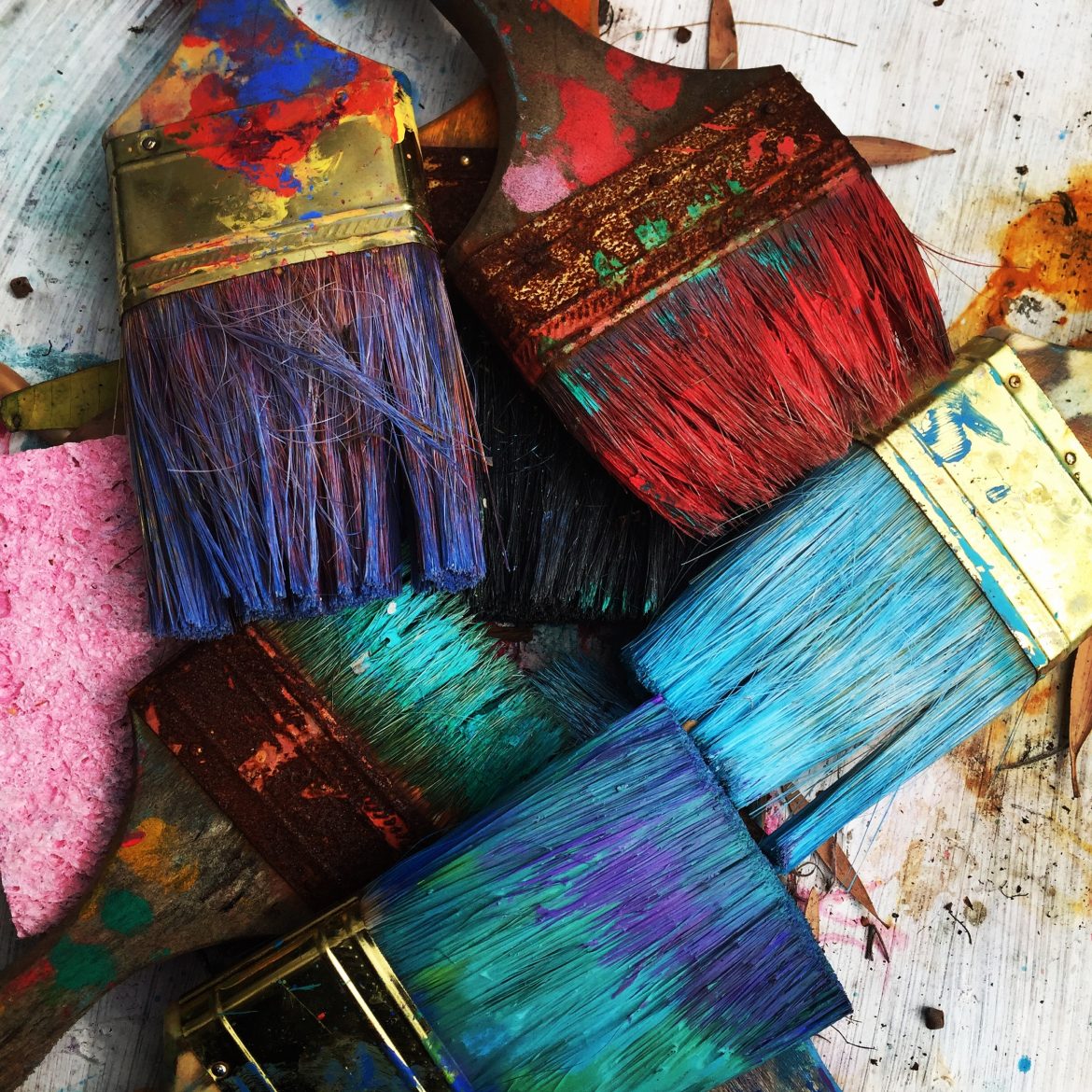For many DIY enthusiasts, working in confined spaces is a common challenge. Whether it’s a home renovation project in a small attic, basement work, or a creative endeavor in a cramped workshop, ensuring safety in these limited areas is crucial. This comprehensive guide provides practical tips and safety measures for anyone embarking on DIY projects in confined spaces.
Understanding the Challenges of Confined Spaces
Identifying Potential Hazards
Working in confined spaces presents unique challenges and hazards. Limited mobility, restricted air flow, and inadequate lighting are just a few issues that can arise. Recognizing these potential hazards is the first step in mitigating risks.
Preparing for Confined Space Work
Preparation is key when working in cramped areas. This means clearing the space as much as possible, ensuring adequate ventilation, and planning your project steps carefully to avoid any unnecessary risks.
Essential Safety Gear for Confined Space Crafting
Personal Protective Equipment (PPE)
The right PPE is vital in confined space work. Depending on the nature of your project, this might include gloves, eye protection, a dust mask or respirator, and even a hard hat. Ensuring you have the correct PPE can greatly reduce the risk of injury.
Lighting and Ventilation Solutions
Good lighting is essential in confined spaces. Portable, battery-powered lights can be an excellent solution. Ventilation is also crucial, especially if you’re working with paints, solvents, or any materials that emit fumes. A portable fan can help maintain air flow in the absence of natural ventilation.
Entry Tripods for Difficult Access Areas
For projects that involve working in particularly challenging confined spaces, such as deep basements or crawl spaces, entry tripods can be invaluable. These tripods offer a secure way to enter and exit these areas and can be equipped with winches for added safety.
Best Practices for Confined Space DIY Projects
Organizing Your Workspace
Keep your confined workspace as organized as possible. This not only makes working easier but also reduces the risk of accidents. Have a place for every tool and keep the area free of clutter.
Managing Tools and Materials
In confined spaces, the management of tools and materials is crucial. Use tool belts or portable toolboxes to keep everything within reach. Be mindful of the quantity of materials you bring into the space to avoid overcrowding.
Safe Use of Power Tools
When using power tools in confined spaces, extra caution is needed. Always be aware of the tool’s position in relation to your body, and ensure cords are not posing a trip hazard. Battery-operated or cordless tools can be a safer choice in such environments.
Handling Emergencies and Maintaining Communication
Emergency Procedures
Have a clear plan in case of an emergency. This includes knowing how to quickly exit the space and having a first aid kit readily available. In more complex projects, inform someone about your work schedule so they can check on you.
Communication is Key
Maintaining communication is important, especially when working alone. Keep a phone or two-way radio within reach to contact someone in case of an emergency.
Taking Regular Breaks
In confined spaces, it’s easy to feel overwhelmed or fatigued. Taking regular breaks is important for your safety. Step out of the space, stretch, hydrate, and take a few moments to rest before continuing your work.
Conclusion
DIY projects in confined spaces can be challenging but are certainly manageable with the right preparation and safety measures. Making sure you’re equipped with essential tools, like entry tripods, and maintaining an organized workspace are key to navigating DIY projects in confined areas. Remember, in the DIY journey, prioritizing your safety is just as crucial as the project you’re working on. Sticking to these safety protocols not only aids in achieving your project goals but also safeguards your well-being, ensuring a rewarding and safe experience from start to finish.

